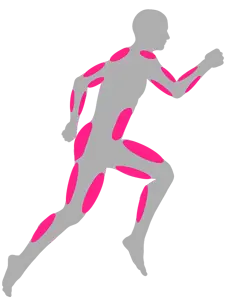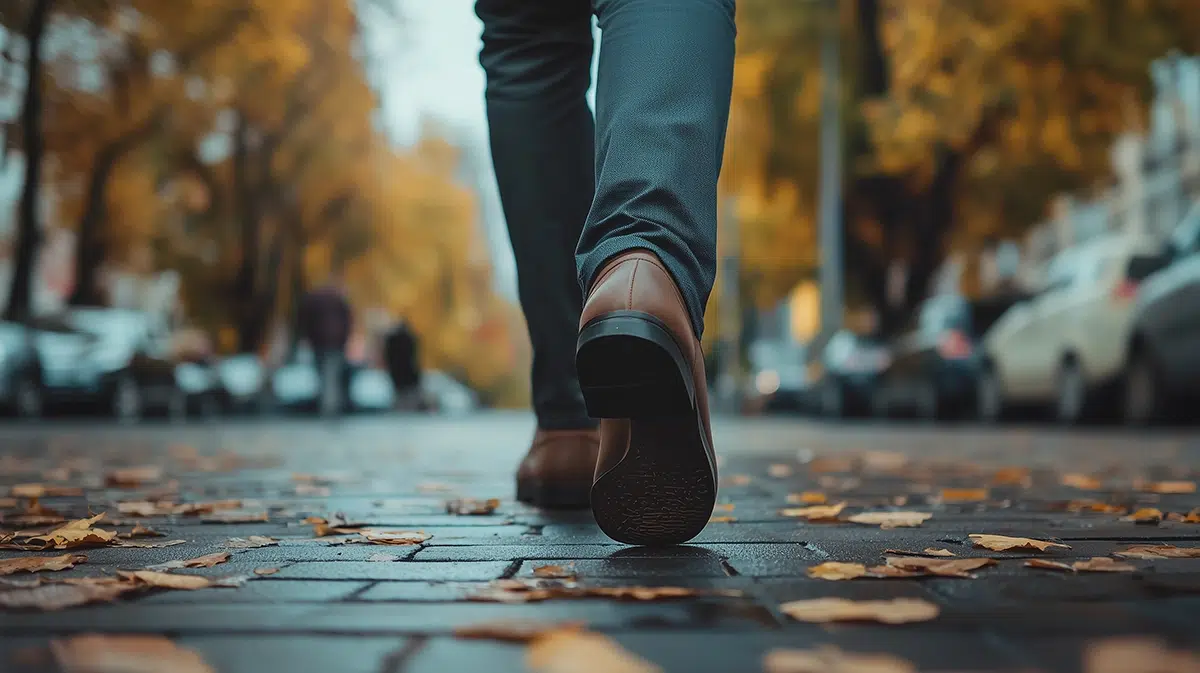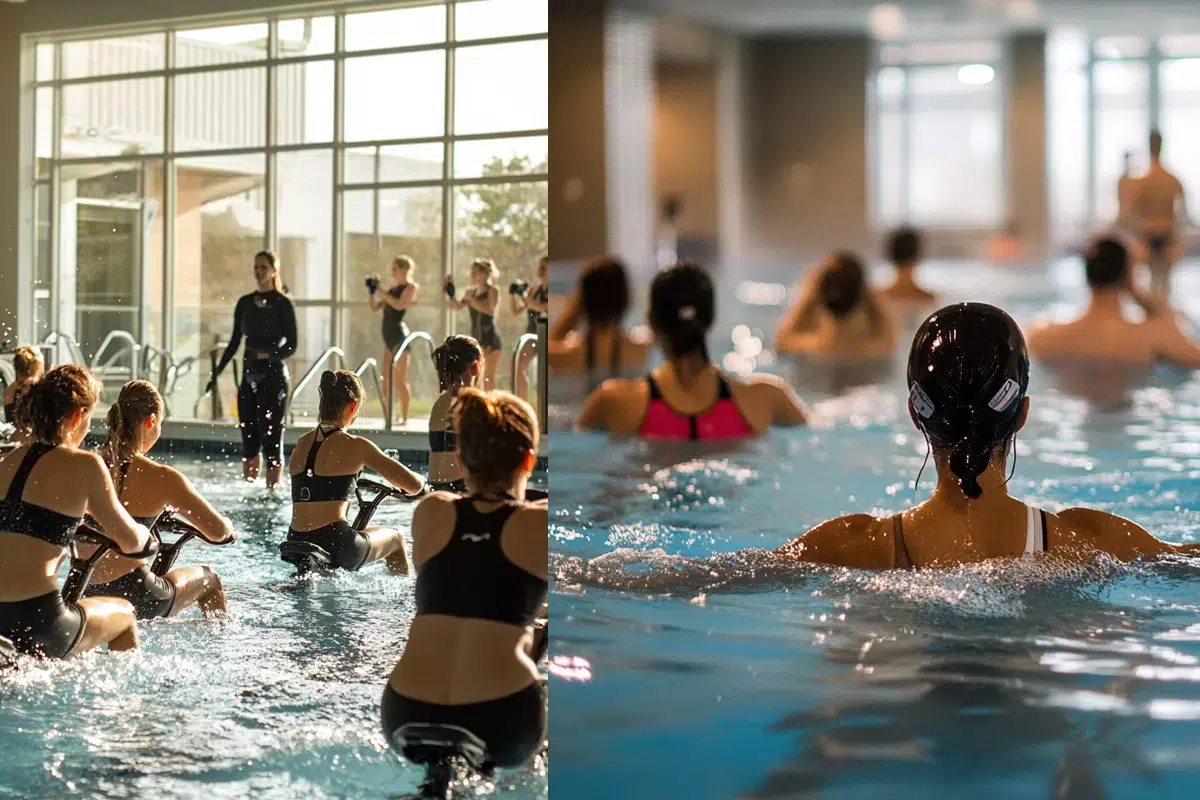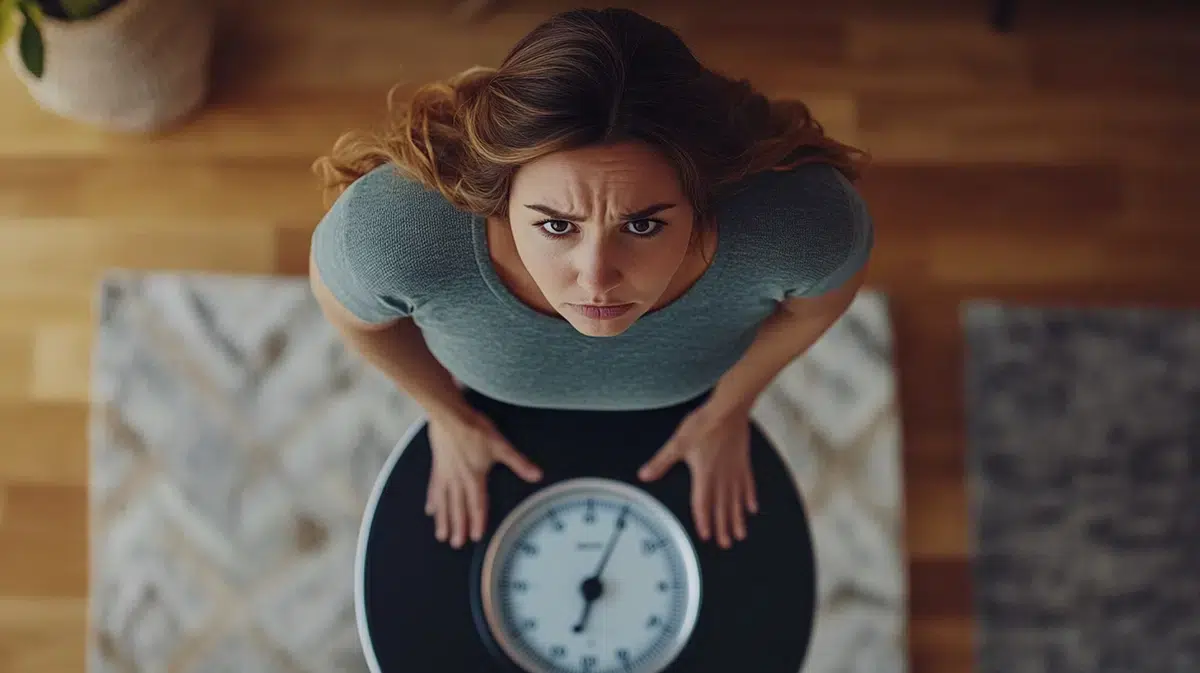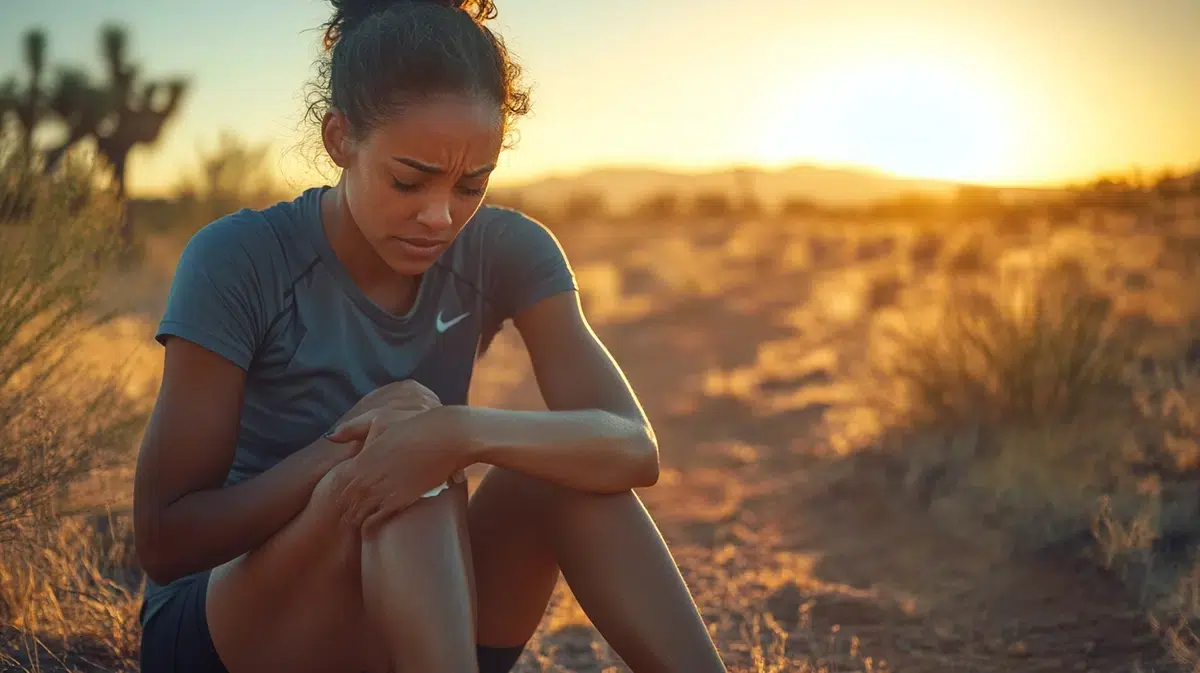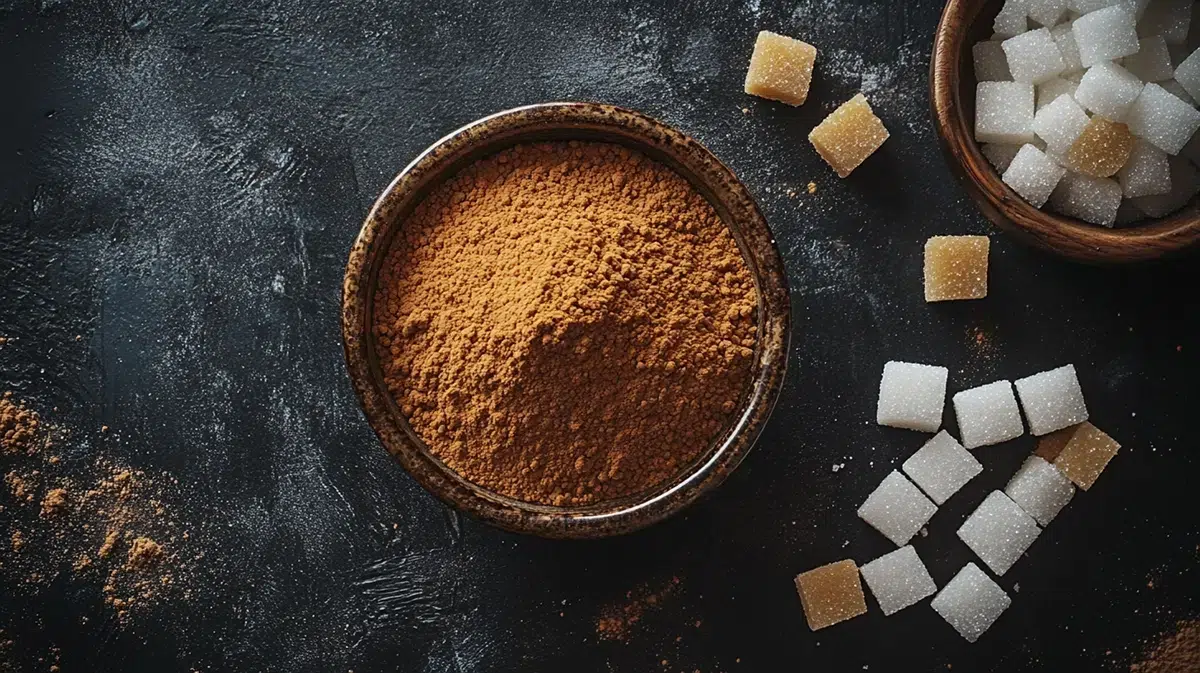Show summary Hide summary
Which muscle group are we activating when playing badminton?
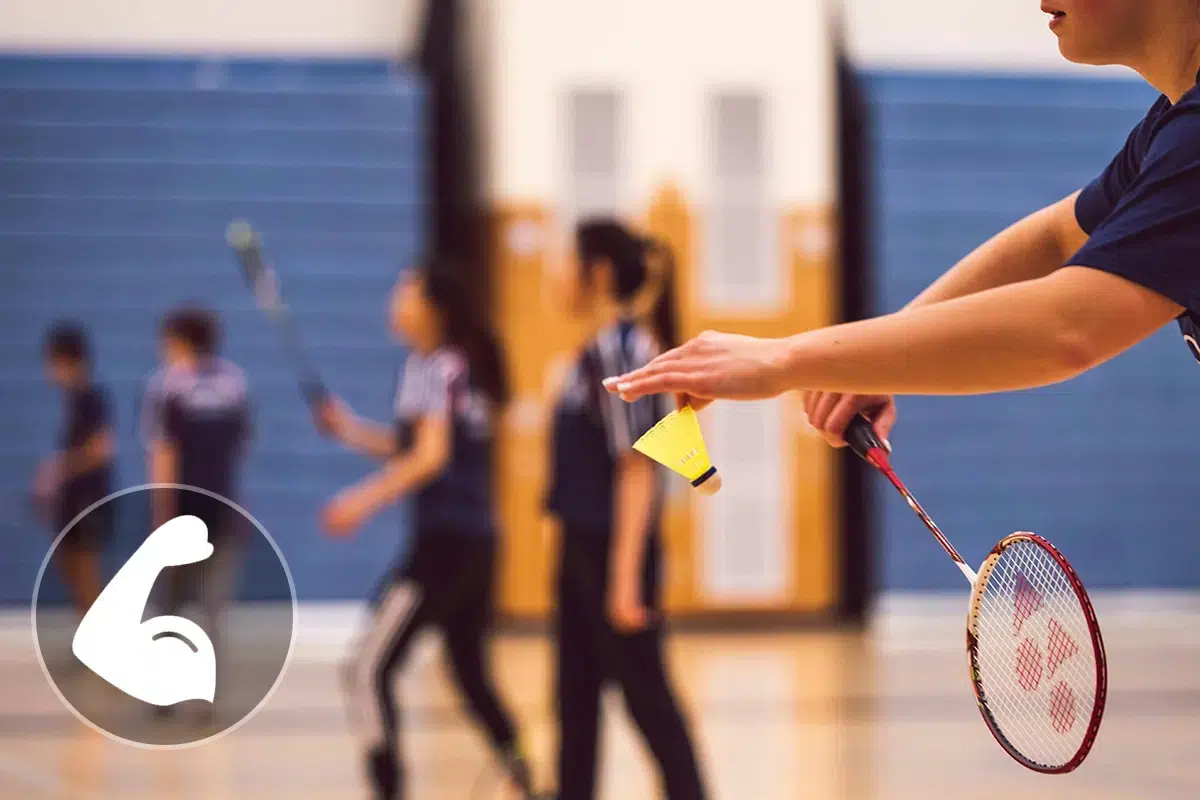
Everything you need to know about badminton
What muscles does badminton work? What parts of the body are we using and toning while playing badminton? Use the tool below to see the list of all the body parts that are trained while playing badminton!
Badminton for fitness and strength training
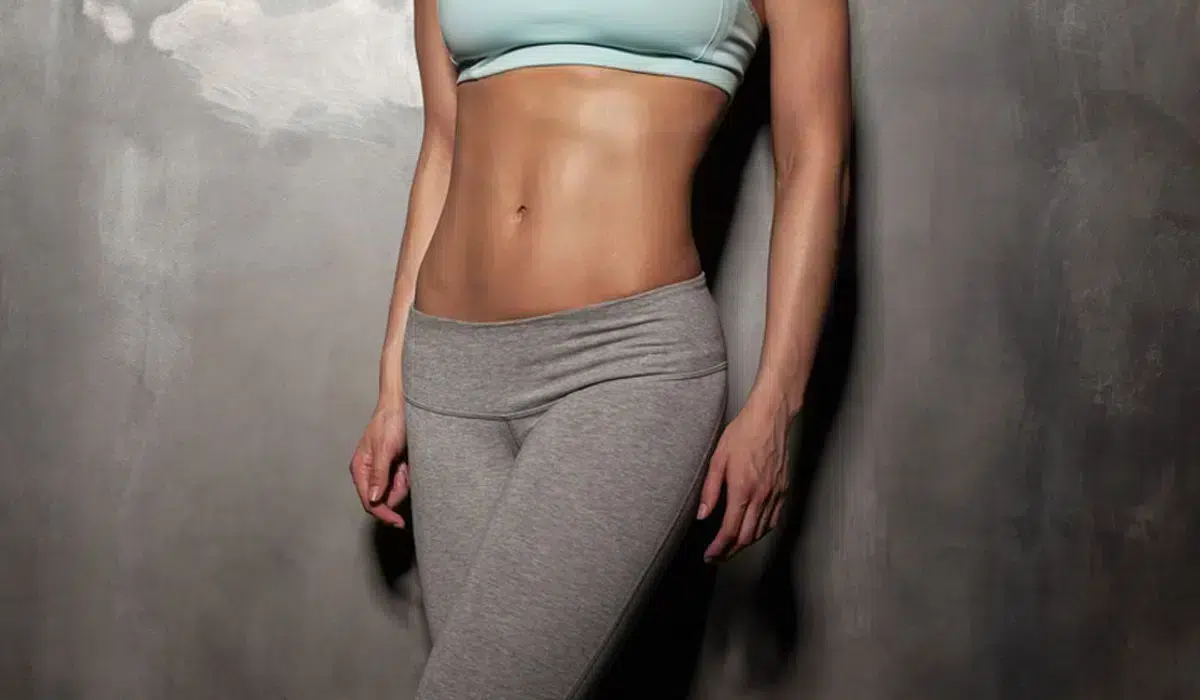
What muscles are we training when playing badminton?
Depending on the sport you play, certain areas of the body will be used more than others, but what about when you play badminton? Will badminton help you tone and slim your figure? Below is a list of the muscles and muscle groups strengthened and sculpted by badminton!
Upper limbs (shoulders, arms and forearms)
- Biceps: These muscles are located on the front of the arm and are surrounded by two joints (scapulo-humeral, elbow). The biceps comprise two muscles(long biceps and short biceps) which help flex and rotate the arms.
- The triceps: Located on the inside of the arm, they comprise three muscles (the vastus lateralis, the vastus medialis and the long head of the triceps) which complement the flexor role of the biceps brachii. The triceps allow the forearm to be extended.
Trunk and pelvis (Chest, stomach and back)
- The abdominals: These are made up of several layers of muscle(rectus abdominis, external oblique, internal oblique, transverse) which have the function of flexing and rotating the trunk.
Lower limbs (buttocks, thighs and calves)
- Buttocks: Located at the intersection of the lower limbs and the trunk, the gluteal muscles(gluteus maximus, gluteus medius and gluteus minimus) are among the largest and most powerful muscles in the body. In particular, they provide mobility for the thigh and support for the pelvis.
- The quadriceps: These are located at the front of the thigh. The quadriceps are each made up of 4 muscles (the vastus femoris or rectus femoris, the vastus lateralis, the vastus medialis and the vastus intermedius). These muscles facilitate flexion of the thigh on the hip and extension of the leg on the thigh.
- The hamstring muscles: Located on the back of the thigh, there are four of these muscles(biceps femoris, semitendinosus and semitendinosus). They ensure flexion of the leg and extension of the thigh.
- Calf muscles: Also known as the sural triceps, the calf muscles are made up of 3 muscle groups, including the soleus and the gastrocnemius. These muscles help the foot to extend down the leg
Badminton is a sport that mainly involves the lower body. As well as the heart, badminton involves a number of other muscles in the body. Accelerated runs, jumps and substitutions – badminton helps to sculpt the lower limbs, particularly the buttocks, thighs and calves. Gripping the racket, backhands, forehands and smashes work the arms, forearms and abdominal muscles.
Everything you need to know about badminton
What muscles are used in different sports?
All sports in detail!




